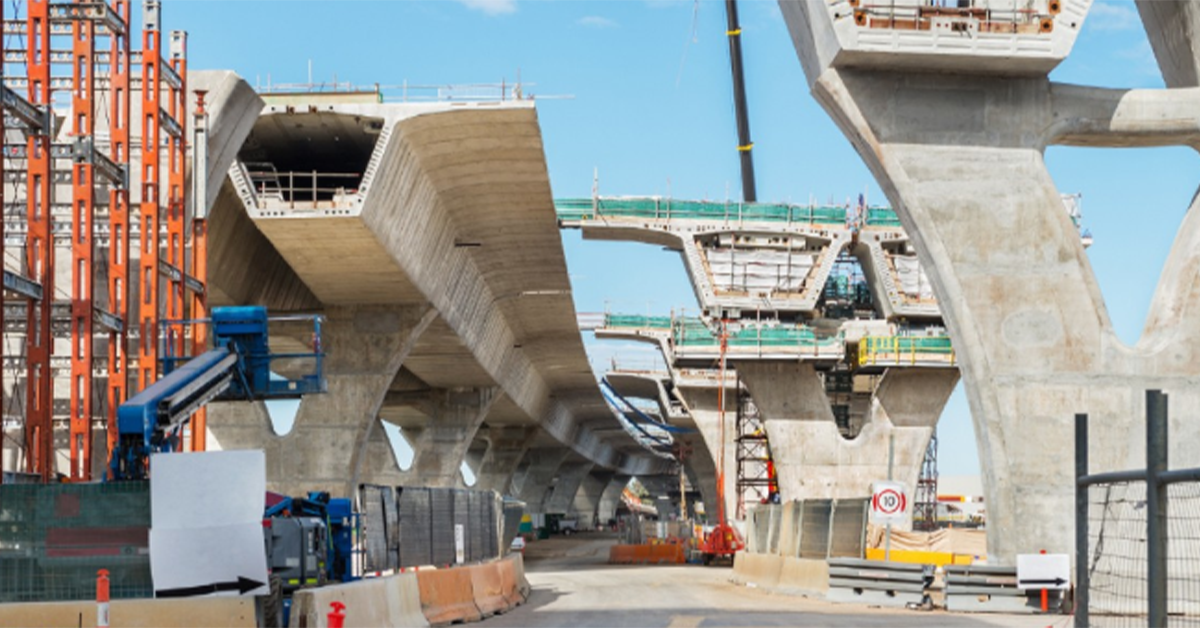- No products in the cart.


“The volume of civil construction work done fell again in the first three months of this year, sagging to its weakest quarter since the middle of 2008,” Master Builders Chief Economist Shane Garrett said.
The new set of ABS data for the March 2020 indicate that the total volume of construction activity is now 6.5% lower than a year ago.
“The first quarter of this year was scarred by bushfires at one end and the rapidly deteriorating Covid-19 crisis at the other. In this context, it is not surprising that construction activity struggled in some areas,” he said.
“However, the fact that engineering and civil construction are still struggling so badly is disappointing. This is the part of the industry that should be growing in light of the prominence given to infrastructure delivery by governments over recent years., Shane Garrett said.
“Household and business confidence is highly likely to remain weak for some time as a result of Covid-19. The building and construction sector will be more reliant than ever before on government-initiated projects across education, health and transport infrastructure in order to keep going,” he said.
“Master Builders Australia recently published our proposals on reinvigorating Australia’s economy and recovering the losses wreaked by Covid-19. If our ideas were implemented, EY’s modelling indicates that 105,000 full-time jobs would be created right across the economy. There is an urgent need for this to happen,” Shane Garrett said.
During the March 2020 quarter, the total volume of construction work saw the largest gain in the ACT (+5.3%), followed by Western Australia (+4.4%), Victoria (+3.2%) and South Australia (+1.1%).
The largest reduction in construction activity hit the Northern Territory (-18.3%) followed by New South Wales (-8.1%).
Construction activity was largely unchanged in Tasmania and Queensland during the first three months of 2020.

